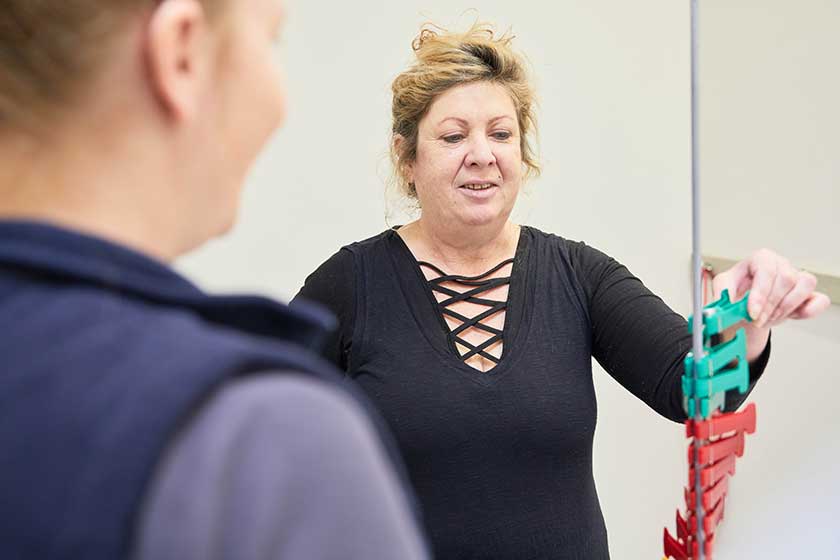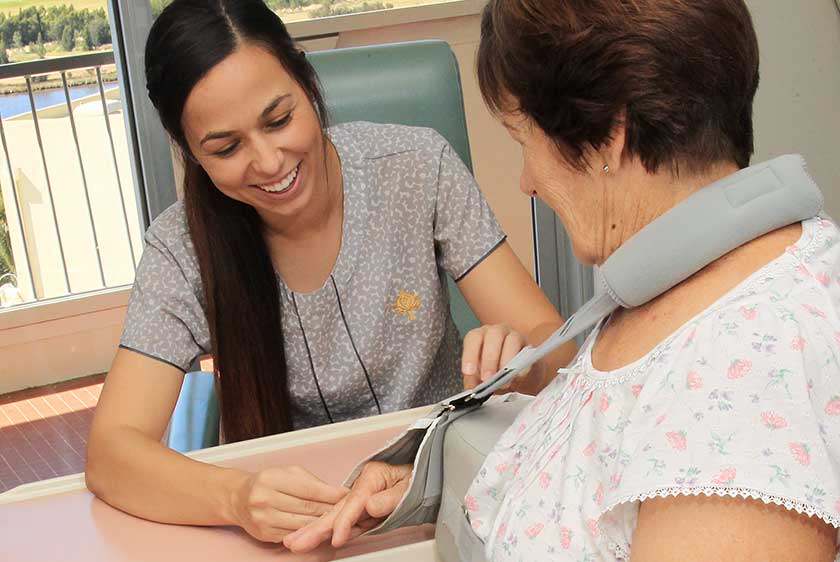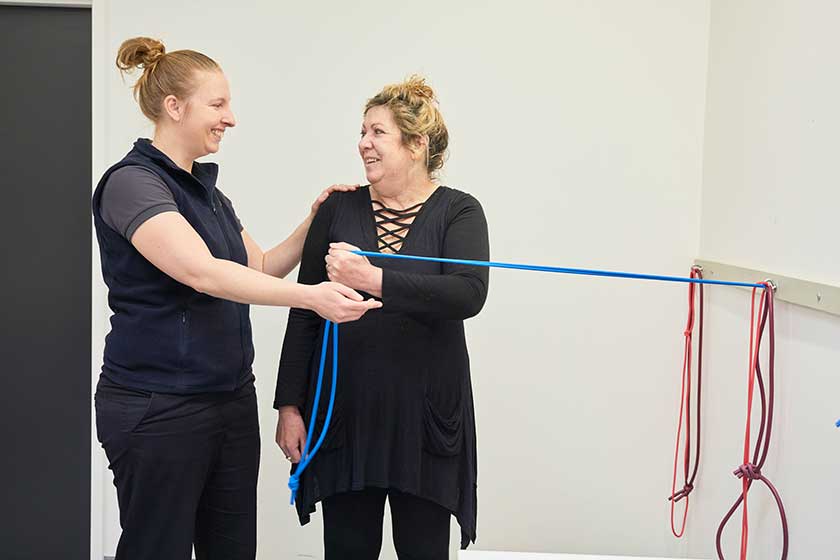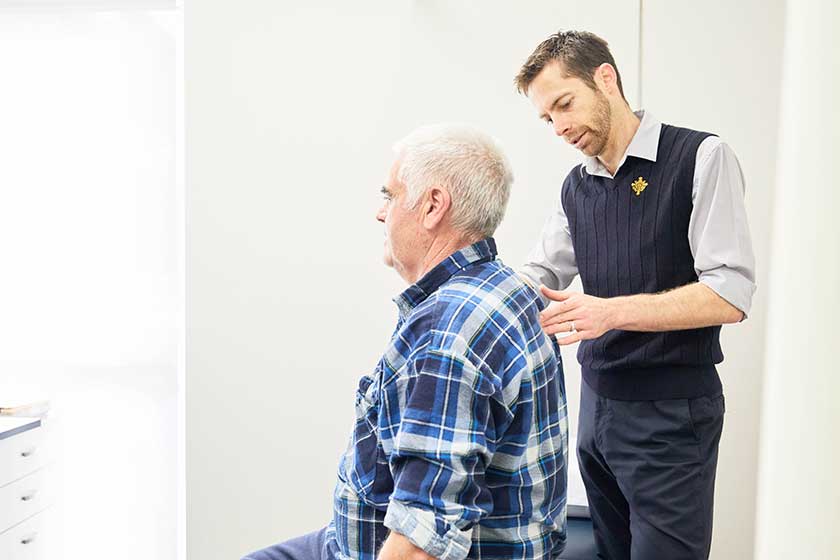What is the carpal tunnel?
The carpal tunnel is a passage that runs from the forearm through the wrist into the hand.
It contains the median nerve which provides feeling to part of the hand and controls some of the small muscles in the hand and thumb. It also contains nine tendons for movement of the fingers and thumb.
How do I know if I have carpal tunnel syndrome?
The symptoms of carpal tunnel syndrome may include:
- numbness or tingling in your thumb, index and long finger and half of your ring finger (the other half of the ring finger and pinkie are not affected)
- stiffness and/or pain in your hand and wrist, which can also radiate into your arm and shoulder
- lack of control of the thumb, especially with fine motor tasks
- an inability to grip properly
- loss of feeling in your fingers (except the pinkie finger)
- weakness in your hand or wrist
- waking at night with the hand feeling dead/numb.
Some symptoms, such as numbness may be worse at night.
It is possible to experience one or more of these symptoms in one or both of your hands.
What causes carpal tunnel syndrome?
Carpal tunnel syndrome is caused by increased pressure on your median nerve.
Anything that changes the size or shape of the carpal tunnel can cause this increase in pressure. The most common cause is called idiopathic which means we don’t know exactly why you get it.
Risk factors may include:
- repetitive movement/gripping or heavy use of your hand/wrist
- bad posture – resting your hand or wrist awkwardly
- an injury to your wrist or hand
- arthritis
- pregnancy
- diabetes
- high blood pressure
- hyperthyroidism
- being overweight
- any condition which causes you to retain fluid.
Can I avoid carpal tunnel syndrome?
The good news is there are things you can do to help reduce the likelihood of getting carpal tunnel syndrome, including:
- making sure you take regular breaks if you are doing repetitive wrist movements particularly with heavy loads
- stopping and resting your wrist if your hand becomes numb until symptoms pass
- maintaining a good posture during activity, this includes making sure your wrists are supported, in a comfortable/neutral position and that your grip, or movements are not too extreme
- if you are pregnant, diabetic or experiencing a medical condition that results in retaining fluid, speaking with your GP for advice, they may prescribe an anti-inflammatory or diuretic
- doing regular exercise to maintain flexibility and movement in your joints, speak with your GP before starting a new exercise regime
- maintaining a healthy weight.
What should I do if I think I have carpal tunnel syndrome?
Carpal tunnel can be treated. If you are experiencing symptoms of carpal tunnel syndrome speak with your GP. Your doctor can assess you and offer advice or provide you with a referral to see a surgeon.
It is important that you don’t ignore the symptoms of carpal tunnel syndrome, as carpal tunnel syndrome can lead to permanent loss of function to your hand if the pressure on the nerve is prolonged or severe.
Any surgical procedure carries risks. Make sure you discuss all possible risks with an appropriately qualified health practitioner.










